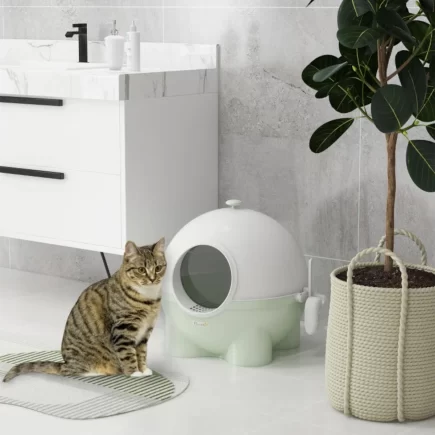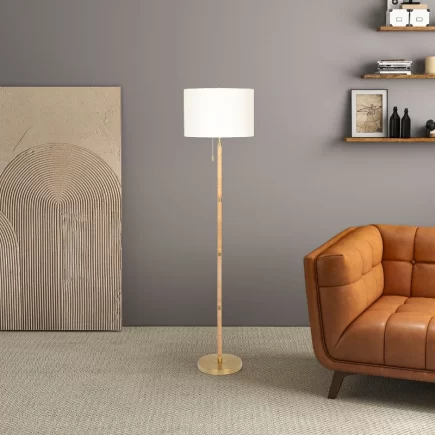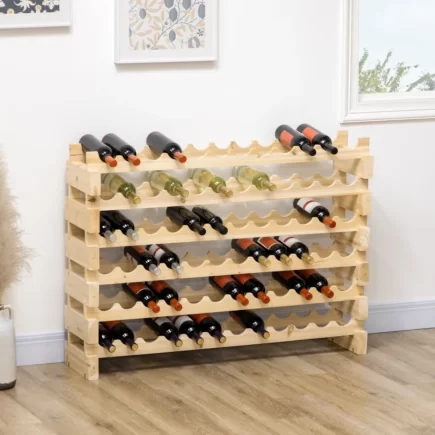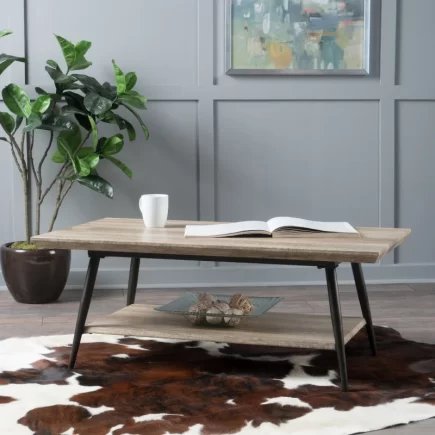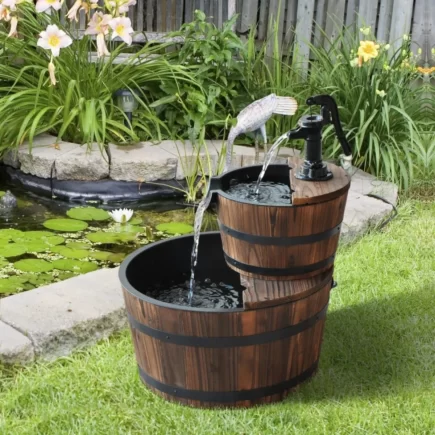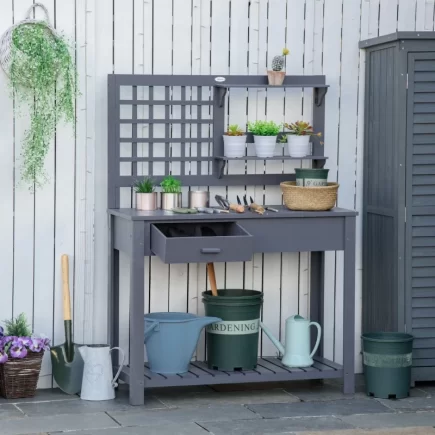A bathroom vanity is a multifunctional fixture that typically includes a sink, countertop, and storage space. It serves both an aesthetic and a practical purpose, making it a focal point in many bathrooms. On the other hand, a bathroom cabinet is primarily designed for storage and does not include a sink or countertop. Cabinets can be installed anywhere in the bathroom, offering flexibility and convenience.

When planning a bathroom renovation or designing a new space, understanding the key differences between a vanity and a cabinet is essential. The choice between the two can affect the overall look, feel, and functionality of your bathroom. Let’s dive into the specifics.
Purpose and Functionality
Bathroom Vanity:
A vanity combines essential storage with a built-in sink and countertop. It’s primarily used for grooming tasks, offering a convenient spot for brushing your teeth, washing your hands, or applying makeup. In addition to the sink, vanities often come with drawers and shelves for toiletries, cleaning supplies, and towels.
Bathroom Cabinet:
A bathroom cabinet is mainly used for storage. Unlike a vanity, it does not have a sink or countertop. Cabinets can be placed in various locations within the bathroom, such as above the toilet or near the shower, to provide extra storage for items like towels, toilet paper, and cleaning products.

Design and Aesthetic Impact
Bathroom Vanity:
Vanities are often seen as the centerpiece of a bathroom. Due to their built-in sinks and countertops, they are typically more decorative than cabinets. Available in a range of materials and finishes. Whether you opt for a traditional, modern, or rustic style, a vanity sets the tone for your bathroom’s design.

Bathroom Cabinet:
Cabinets are usually more utilitarian in design and are meant for practical use rather than visual appeal. They tend to be simpler, focusing on functionality over style. While cabinets come in various designs, they generally do not offer the same aesthetic impact as a vanity. However, they can still blend seamlessly into your bathroom’s décor, particularly if you choose a cabinet style that complements the overall look of the room.
Size and Space Considerations
Bathroom Vanity:
Due to the inclusion of a sink and countertop, vanities tend to take up more space in the bathroom. This makes them more suitable for larger bathrooms where space is abundant. If you have a smaller bathroom, a vanity might overwhelm the space unless you opt for a compact model.
Bathroom Cabinet:
Cabinets are generally more compact and space-efficient. They can be installed in smaller bathrooms without taking up too much room. Whether you choose a tall cabinet or a small, wall-mounted model, cabinets offer great flexibility for utilizing vertical space.

Storage Capacity Comparison
Bathroom Vanity:
Vanities provide storage space under the sink, often with a combination of drawers and open shelves. These areas are ideal for storing toiletries, cleaning supplies, and extra towels. However, the storage space might be limited due to the sink’s placement, making it less ideal for larger items.

Bathroom Cabinet:
Cabinets typically offer more storage space than vanities, especially if they include multiple shelves or compartments. Because cabinets don’t have sinks, they often provide larger storage areas, making them suitable for items such as large bottles of shampoo, extra toilet paper, or bath linens. Cabinets can be installed in various sizes to accommodate the storage needs of any bathroom.
Materials and Durability
Bathroom Vanity:
Vanities are made from a variety of materials, including wood, stone, and laminate. These materials are designed to withstand the high moisture levels typically found in bathrooms. When choosing a vanity, durability is key, as it must be able to handle the wear and tear of daily use.
Bathroom Cabinet:
Bathroom cabinets are often made from wood, MDF, or metal, all of which can resist humidity and moisture. Cabinets designed for bathrooms are constructed with materials that are resistant to water damage, ensuring they last over time.

Installation and Placement
Bathroom Vanity:
Installing a vanity is more involved than installing a cabinet because it requires plumbing for the sink and faucet. The plumbing work can make the installation process more complex and costly. Vanities are often placed along a wall or in the center of the room, depending on the layout.
Bathroom Cabinet:
Cabinets are easier to install since they don’t require plumbing. They can be wall-mounted, placed above the toilet, or positioned in any other area that needs extra storage. This flexibility makes cabinets a great option for bathrooms with limited space or for renters who may not want to invest in plumbing work.
Cost Comparison
Bathroom Vanity:
Vanities are generally more expensive than cabinets due to the additional features they offer, such as a sink, countertop, and plumbing installation. The cost can vary widely based on the material, design, and size. High-end materials such as marble or granite can significantly increase the price.

Bathroom Cabinet:
Cabinets are usually less expensive because they lack a sink and countertop. The overall cost depends on the size and material, but in most cases, cabinets are a more budget-friendly option for bathroom storage.
Maintenance and Cleaning
Bathroom Vanity:
Since vanities include a sink, they require more regular cleaning, especially around the faucet area where water stains and soap scum can build up. The countertop also requires attention, particularly if it’s made from materials like marble or granite that can be prone to staining.
Bathroom Cabinet:
Cabinets are easier to clean and maintain because they don’t have sinks or countertops. The interior of the cabinet may require occasional cleaning to remove dust or organize items, but overall, cabinets tend to need less maintenance than vanities.
Popular Styles and Trends
Bathroom Vanity:
The latest trends for vanities include floating vanities, which offer a sleek, modern look and create the illusion of more space. Vintage and rustic vanities are also gaining popularity, as well as minimalist designs that emphasize clean lines and simplicity.

Bathroom Cabinet:
Popular cabinet styles include tall, slim units that take advantage of vertical space, as well as recessed cabinets that can be built into the wall for a seamless look. Glass-fronted cabinets are also in style, offering a modern, open feel.
Making the Right Choice Between Bathroom Vanity and Cabinet
Choosing between a Bathroom Vanity and a Bathroom Cabinet depends largely on your specific needs, bathroom size, and design preferences. If you require both storage and a sink, a vanity may be the right choice, especially for larger bathrooms. If you need extra storage without a sink, a cabinet is a more practical and budget-friendly option. Ultimately, both fixtures serve vital functions in any bathroom, so consider your priorities carefully when making your decision.
By understanding the differences in functionality, design, and installation, you can confidently select the fixture that will best suit your space, style, and needs.
FAQs
1. How do I decide the size of a bathroom vanity?
The size of your bathroom vanity should be based on the available space in your bathroom. For larger bathrooms, a bigger vanity with a sink and countertop works well, while a smaller, compact model is ideal for more modest spaces to avoid overcrowding the room.
2. Should I choose a vanity or a cabinet for a guest bathroom?
For a guest bathroom, a vanity is often the better option as it provides both storage and a functional sink. It can also contribute to a more polished and complete look, making guests feel comfortable while offering essential bathroom utilities.
3. Is it worth investing in a high-end bathroom vanity?
Investing in a high-end vanity with durable materials like marble or granite can add value to your bathroom and last longer. If your budget allows, it’s a worthwhile investment for aesthetics and long-term durability.




